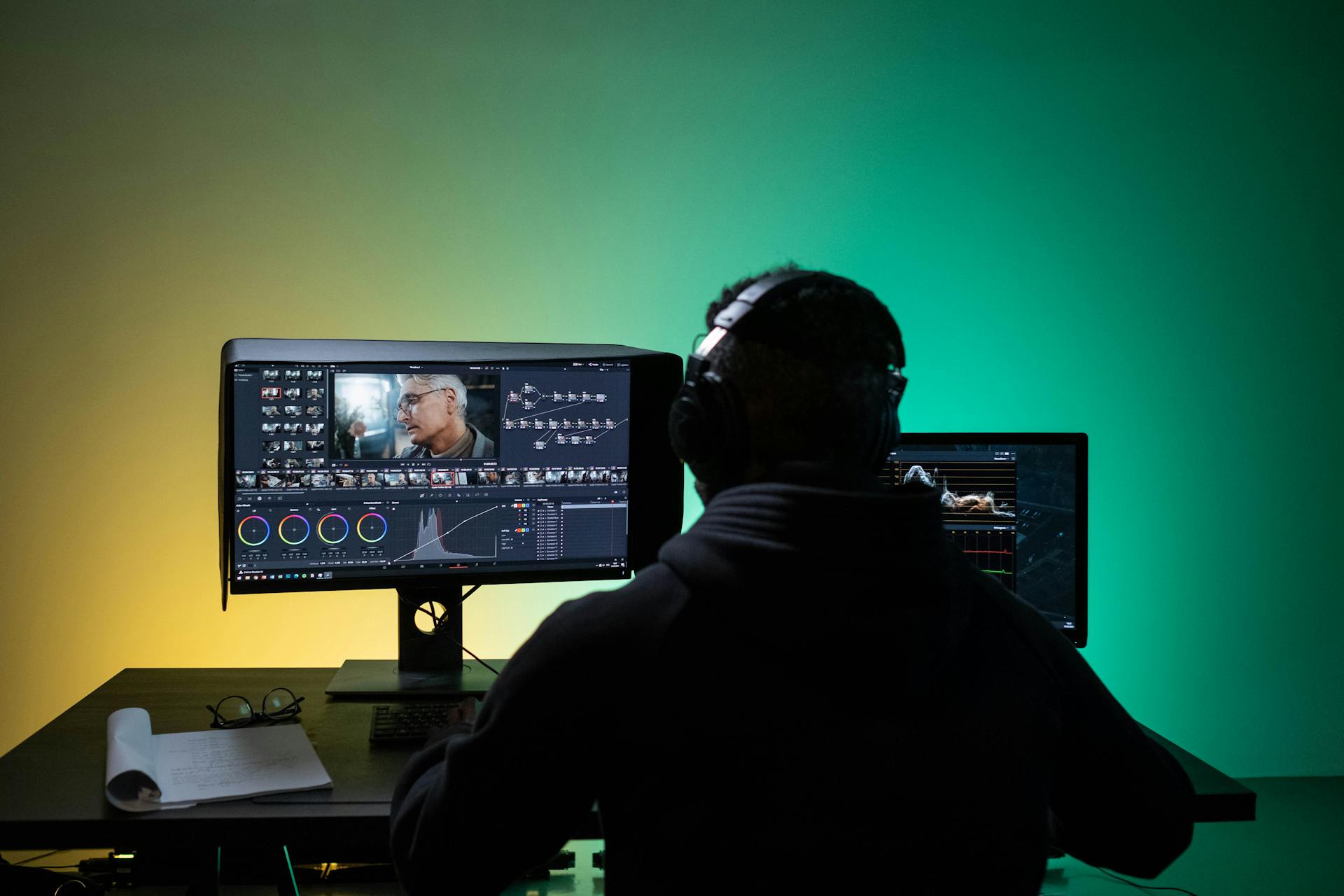What is Aspect Ratio?
Much of how you view film and video from various devices depends on the aspect ratio. Whether you’re in a theater viewing a movie on the big screen. Or you’re at your desk scrolling through footage on your computer station. Or you’re on the couch watching your iPhone. Each of these screens have a different viewable aspect ratio. The aspect ratio for film and television represents a common measurement of screen size. The notation for this is two numbers separated by a colon.

WHAT IS ASPECT RATIO?
Aspect ratio for film is the description of image width and height. Delineated by two numbers which are separated by a colon. You might recognize the aspect ratio 16:9 which is commonly known as the standard aspect ratio for high-definition video.
Moreover, different aspect ratios represent different sizes of the screens for which we view films and video on.
FOR EXAMPLE, THE FOLLOWING ASPECT RATIOS ARE COMMON IN FILM AND VIDEO:
- 4:3 – this is the standard-definition video aspect ratio or the standard aspect ratio
- 1.66:1 – this is the aspect ratio Europe uses for theatrical shows.
- 1.78:1 or 16:9 – this is the standard aspect ratio for high-definition video.
- 1.85:1 – this is the aspect ratio the US uses for theatrical shows.
- 2.39:1 – this is the aspect ratio that is used for anamorphic wide-screen theatrical shows.
- 2.75:1 – this is the aspect ratio for ultra-panavision 70.
- 4.00:1 – this is the aspect ratio that is rare for polyvision.
So, from top to bottom, the aspect ratios listed above provide a widening view. With the first 4:3 having the most square view. And the last 4,00:1 representing the widest view of all aspect ratios listed.
HISTORY OF ASPECT RATIO
Aspect ratios have changed a lot over the history of filmmaking and cinema. As people have begun to view video on different devices. Furthermore, the aspect ratios that are most common have also adjusted with the times.
While a standard film strip was viewed through a projector at an aspect ratio of 4:3. We view the average film today in the 16:9 high definition video aspect ratio.
Different styles and types of cinema over the years have used different aspect ratios too. For example, Cinerama was once the widescreen format for theaters back in 1932.
And utilized the aspect ratio of 2.59:1 or 2.65:1 which made the screen seem incredibly large and the images gigantic.
COMPARATIVE TO A SCREEN SIZE
Furthermore, different styles and types of film can capture different aspect ratios. For example, IMAX uses 70mm film and delivers a viewable aspect ratio of 2.76:1. Which results in nearly twice the standard viewable area of 35mm film.
Moreover, this aspect ratio is comparative to a screen size of about 72” by 50’. For a total square footage of 3,600 total square feet.
SO, WHAT IS THE ASPECT RATIO FOR FILM?
It’s the measurement of width and height of a screen. In which video is viewed with the standard aspect ratio for high definition video being 16:9.
And finally, the standard aspect ratio of IMAX coming in at 2.76:1. And the standard for old-school television screens coming in at a nearly square 4:3 aspect ratio.


